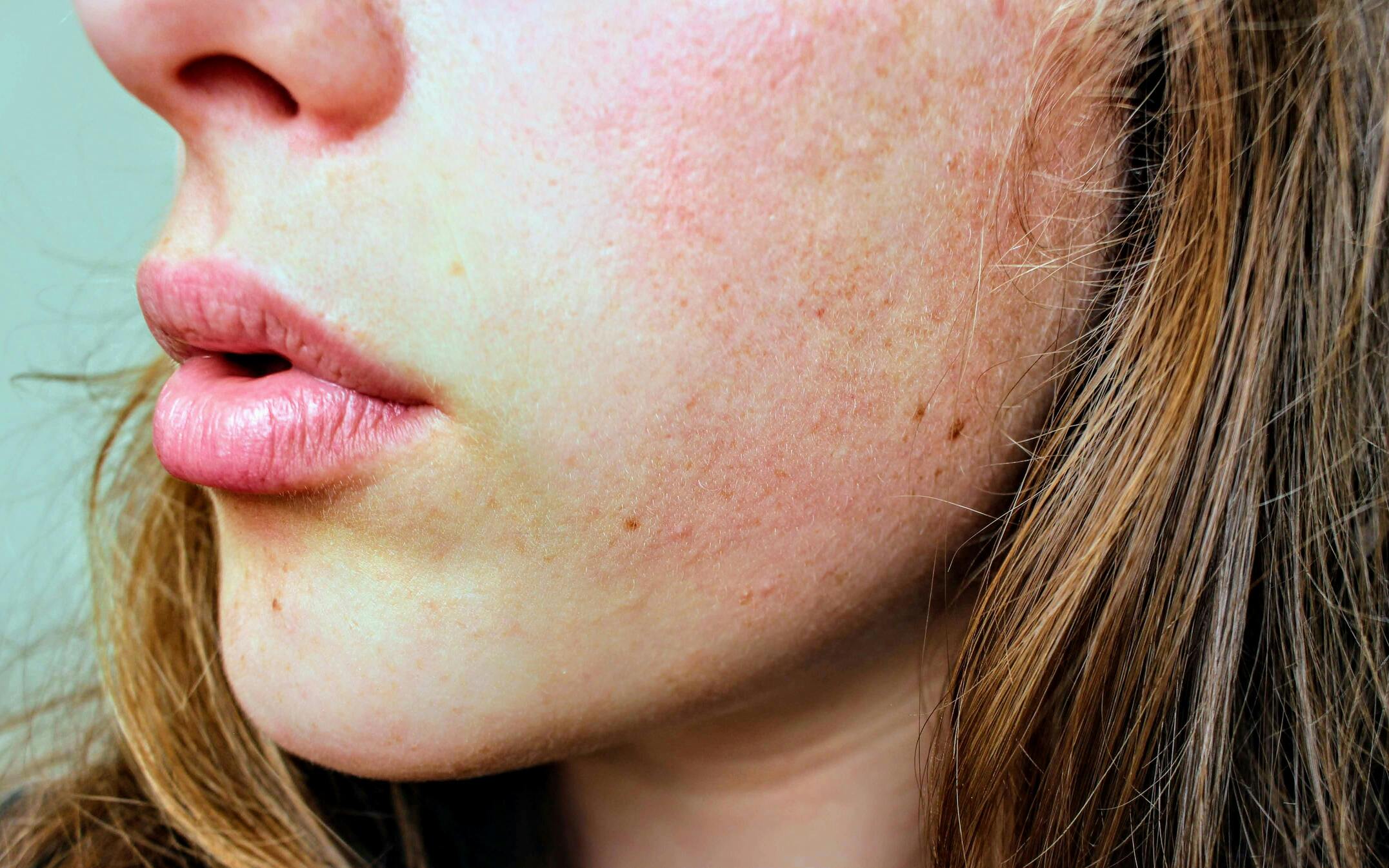Dark spots and hyperpigmentation are common skin concerns that can affect anyone, regardless of age or skin type. Whether caused by sun exposure, acne, or hormonal changes, these uneven patches can be frustrating to deal with. The good news? With the right approach, you can fade dark spots and achieve a more even complexion. In this article, we’ll explore the causes of hyperpigmentation, effective treatments, and tips for prevention. Let’s dive in!
1. What Causes Dark Spots and Hyperpigmentation?
Hyperpigmentation occurs when your skin produces excess melanin, the pigment responsible for skin color. Common causes include:
- Sun Exposure: UV rays trigger melanin production, leading to sunspots.
- Acne: Post-inflammatory hyperpigmentation (PIH) occurs after acne heals.
- Hormonal Changes: Melasma, often called the “mask of pregnancy,” is caused by hormonal fluctuations.
- Aging: Age spots (liver spots) develop over time due to cumulative sun exposure.
- Skin Trauma: Cuts, burns, or harsh skincare can lead to dark spots.
Understanding the cause of your hyperpigmentation is the first step toward effective treatment.
2. Top Ingredients to Fade Dark Spots
Certain ingredients are proven to lighten dark spots and even out skin tone. Here are the most effective ones:
Vitamin C:
- How It Works: Brightens skin, inhibits melanin production, and protects against free radicals.
- Best For: Sunspots and overall brightening.
- Pro Tip: Use vitamin C serum in the morning before sunscreen for maximum benefits.
Niacinamide:
- How It Works: Reduces inflammation, regulates oil production, and fades hyperpigmentation.
- Best For: Post-acne marks and uneven skin tone.
- Pro Tip: Look for products with 5-10% niacinamide for optimal results.
Alpha Arbutin:
- How It Works: A natural derivative of hydroquinone that inhibits melanin production.
- Best For: Stubborn dark spots and melasma.
- Pro Tip: Use consistently for at least 8 weeks to see visible results.
Retinoids:
- How It Works: Speeds up cell turnover, fades dark spots, and boosts collagen production.
- Best For: Aging-related hyperpigmentation and acne scars.
- Pro Tip: Start with a low concentration and gradually increase to avoid irritation.
Azelaic Acid:
- How It Works: Reduces melanin production and has anti-inflammatory properties.
- Best For: Melasma and post-inflammatory hyperpigmentation.
- Pro Tip: Can be used alongside other brightening ingredients.
Kojic Acid:
- How It Works: Inhibits tyrosinase, an enzyme involved in melanin production.
- Best For: Stubborn dark spots and uneven skin tone.
- Pro Tip: Use in moderation, as it can cause irritation in high concentrations.
3. Professional Treatments for Hyperpigmentation
If over-the-counter products aren’t enough, consider these professional treatments:
Chemical Peels:
- How It Works: Removes the top layer of skin, revealing brighter, more even-toned skin underneath.
- Best For: Moderate to severe hyperpigmentation.
- Pro Tip: Start with a mild peel and gradually increase strength as needed.
Laser Therapy:
- How It Works: Targets melanin with concentrated light beams, breaking down dark spots.
- Best For: Stubborn or deep-set pigmentation.
- Pro Tip: Consult a dermatologist to determine the best type of laser for your skin.
Microdermabrasion:
- How It Works: Exfoliates the skin using tiny crystals, improving texture and tone.
- Best For: Mild hyperpigmentation and uneven texture.
- Pro Tip: Combine with brightening serums for enhanced results.
4. Daily Skincare Routine for Dark Spots
Here’s a sample routine to help fade dark spots and prevent new ones:
Morning:
- Cleanse with a gentle, brightening cleanser.
- Apply a vitamin C serum.
- Moisturize with a niacinamide-based cream.
- Finish with a broad-spectrum SPF 30+ sunscreen.
Night:
- Double cleanse to remove dirt and impurities.
- Apply a retinoid or alpha arbutin serum.
- Use a hydrating moisturizer.
- Spot treat with azelaic acid or kojic acid if needed.
5. Tips for Preventing Dark Spots
Prevention is key to maintaining an even skin tone. Follow these tips:
- Wear Sunscreen Daily: UV rays are the leading cause of dark spots. Use SPF 30+ every day, even indoors.
- Avoid Picking at Your Skin: Picking at acne or scabs can lead to post-inflammatory hyperpigmentation.
- Exfoliate Regularly: Remove dead skin cells to prevent clogged pores and uneven tone.
- Stay Hydrated: Drink plenty of water and use hydrating skincare products.
- Eat a Balanced Diet: Include antioxidant-rich foods like berries, leafy greens, and nuts.
6. Product Recommendations
Here are some top-rated products for fading dark spots:
- Vitamin C Serum: SkinCeuticals C E Ferulic
- Niacinamide Serum: The Ordinary Niacinamide 10% + Zinc 1%
- Retinol Cream: Paula’s Choice Clinical 1% Retinol Treatment
- Azelaic Acid: The Ordinary Azelaic Acid Suspension 10%
- Sunscreen: EltaMD UV Clear Broad-Spectrum SPF 46
7. When to See a Dermatologist
If your hyperpigmentation doesn’t improve with over-the-counter treatments or if you have severe melasma, consult a dermatologist. They can prescribe stronger treatments like hydroquinone, tretinoin, or oral medications.
8. Conclusion
Dark spots and hyperpigmentation can be stubborn, but with the right approach, you can achieve a brighter, more even complexion. Incorporate brightening ingredients like vitamin C, niacinamide, and retinoids into your routine, and don’t forget the golden rule: always wear sunscreen. With patience and consistency, you’ll see visible results.
For more skincare tips and product recommendations, subscribe to Universo Íntimo and follow us on social media. Let’s glow together

